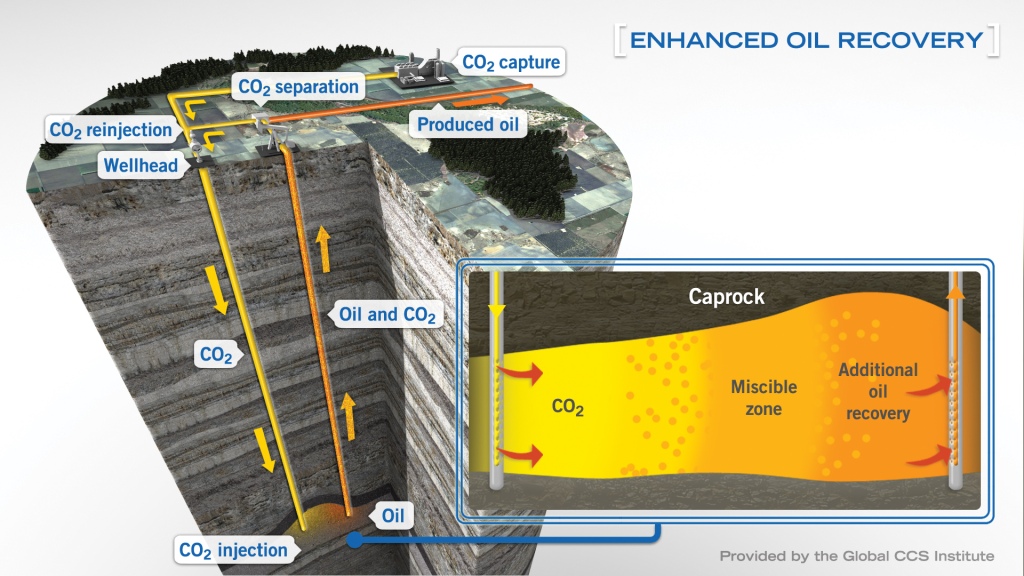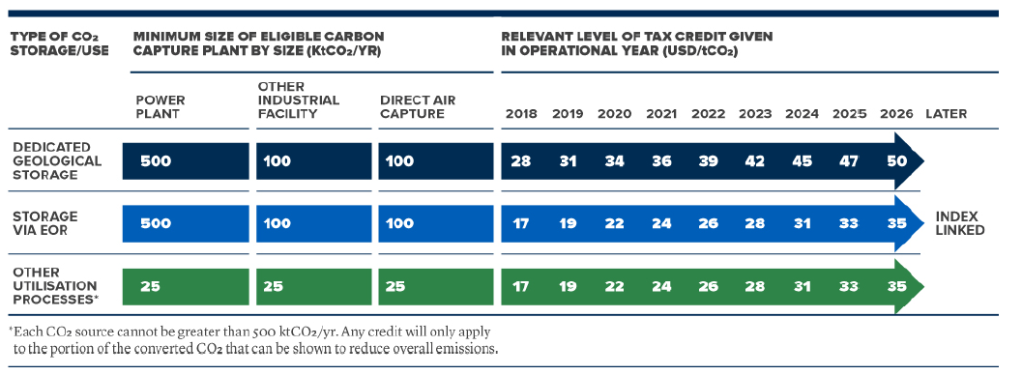This article also appeared in Oil & Gas Investors and Pipeline & Gas Journal.
With the ever-increasing focus on decarbonization, this is an exciting time for all sorts of renewables technologies. Other than solar, wind, geothermal, battery, hydrogen, there is an understated component critical to achieving net-zero emissions goals – carbon capture, (use), and storage (CCS, or CCUS). Governments around the world have offered various incentives to encourage CCS development, including carbon tax, trading schemes, emissions credits, grants, and penalty.
Kronos is part of an international team that recently kicked off a CCUS pilot project in China that aims to demonstrate the viability of retrofitting a coal-to-chemical plant to capture, transport, and store 1 million tonne per annum (mtpa) of high-concentration CO2 as part of an enhanced oil recovery operation. Given that China has a vast collection of coal-fired power plants and industrial facilities as well as aggressive government decarbonization targets by mid-century, we expect similar projects to proliferate in the decades to come.

In the U.S., the 2018 bipartisan passing of 45Q, a reformed Federal carbon oxide (CO and CO2) sequestration tax credit has brought about much interest among project developers in oil & gas and industrial sectors. It places values on carbon oxide at $50/ton for geologic storage or $35/ton for EOR/utilization according to a progressive schedule indexed to inflation, provided the project commences by January 1, 2024. The ability of project developers to transfer the credit allows for tax equity investors to participate and thus increases the appeal of CCS. In addition, this can be combined with other state and local incentives such as the $200/ton Low Carbon Fuel Standard in California where applicable. The minimum storage thresholds are fairly low to qualify. However, the economic viability of projects is highly dependent on the sources as the concentration of captured CO2 can play an important role. According to recent data from GCCSI, an advocacy group, the capture cost from ethanol, chemical, and natural gas processing plants ranges in the teens; coal power plants and refineries can range in the $40s-$60s per ton; steel and cement plants can fall in the $60s-$70s/ton range. With the incremental oil revenue from EOR at a lift ratio of 0.5 to 1.5 ton CO2/bbl oil, many projects appear feasible with the tax credit.


The methods of CO2 capture are primarily solvents (physical, chemical), membranes, or direct air capture from the atmosphere. The lowest cost option is often liquid solvent/regeneration that is tried-and-true in the natural gas processing industry, e.g. amine. Other technologies are being developed as well.
Safe, long-term storage options are primarily oilfields that utilize the CO2 for EOR while sequestering the gas in place, or deep saline formations that have the right geologic characteristics. Monitoring, measurement, and verification (MMV) requirements in regulatory framework in different jurisdictions are somewhat inconsistent but they usually entail insurance, leakage penalty, liability transfer to the state after a defined period of time, and the establishment of financial security/trust. State laws are evolving on pore space rights and liabilities but the concepts are not foreign to fossil fuel producing jurisdictions.

Transportation is generally not technically complex but plays a significant part in the cost of deployment, especially when the source and sink are far apart. The common assumptions are $10/ton tariff and EOR purchase at $20/ton for base case analysis. As with typical midstream infrastructure, aggregation of volume can bring down unit cost meaningfully for regional transportation, such as a CO2 highway like the ACTL system in Alberta, Canada, and spur project development. To that end, Great Plains Institute performed a study with Los Alamos Lab to produce the corridors in Figure 3. Technically, CO2 pipelines need to be designed for mitigation of ductile fracture propagation and carbonic acid corrosion, but it is readily achievable.
To summarize, climate change, ESG, and government incentives will provide impetus for global CCS project development. We and our partner firms are excited about this trend and are well-positioned to help investors and project developers navigate the policy, economic, and technical landscape of CCUS for years to come.
There are lots of free resources to learn more about CCS and CCUS at Global CCS Institute. Enjoy!
Jeff Lee, Principal
Kronos Management, LLC

You must be logged in to post a comment.